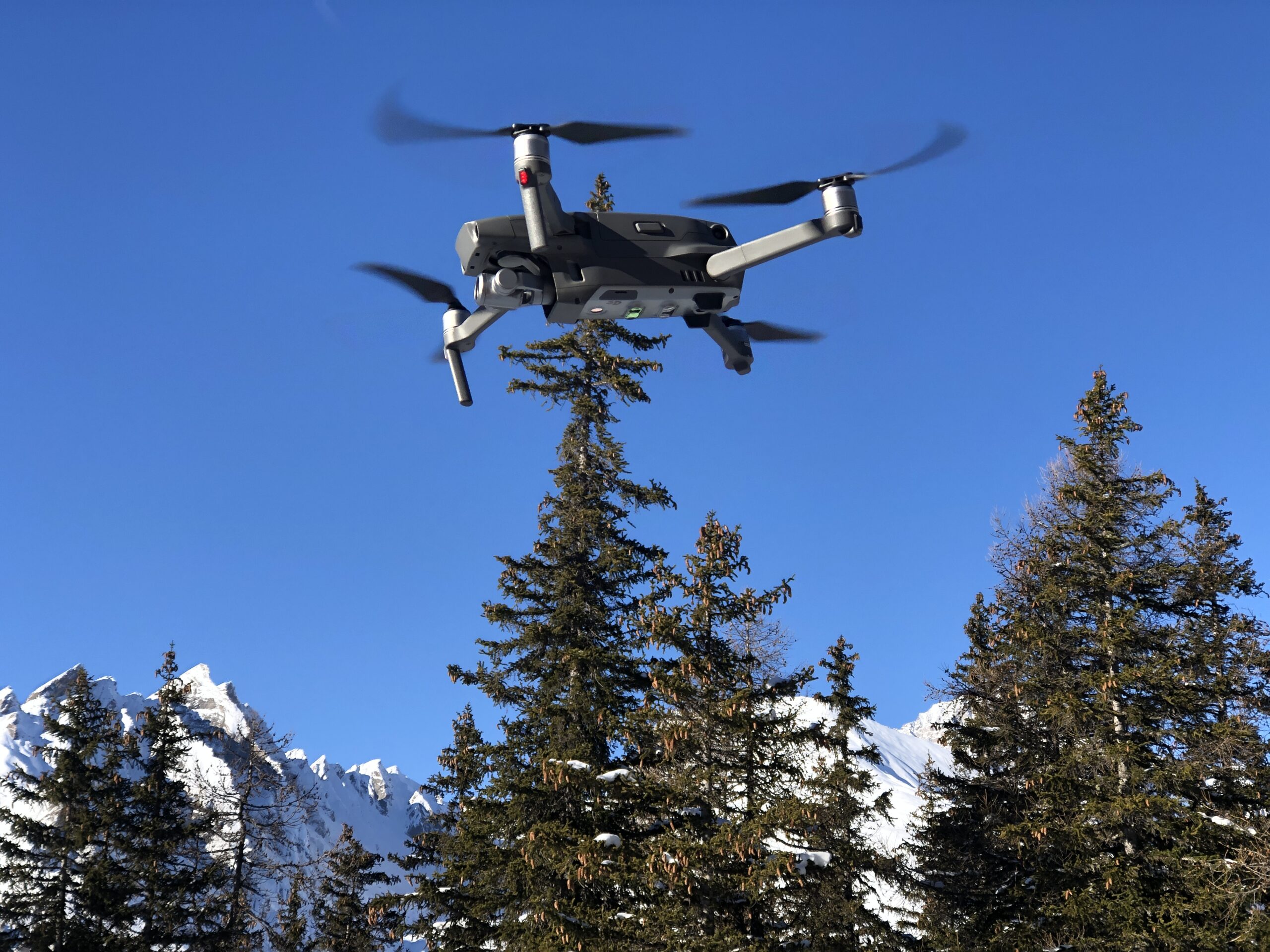Terna, all plans for the digitalization of the electricity grid

Terna's 2021-2025 business plan provides for more than 900 million for innovation and digitalization. And the new 2021 development plan of the national electricity transmission grid foresees over 18 billion euros over the next 10 years to enable the energy transition
How is the digitization of the national electricity grid proceeding?
Innovation and digitalization have for years been at the center of the action of Terna , the operator of the national electricity transmission grid. In fact, new technologies have become essential elements to enable the energy transition, with a view to the benefit of the whole system, but above all to guarantee the integration of non-programmable renewable sources, the increase in safety and resilience of the system, with the 'goal of solving grid congestion and strengthening the backbones essential for the transport of energy from the places of production to those of consumption.
THE NEW TERNA DEVELOPMENT PLAN
Precisely along these guidelines, Terna has built not only the Industrial Plan 2021-2025 which provides for more than 900 million for innovation and digitization, but also the new 2021 Development Plan of the national transmission grid presented in recent days by its CEO, Stefano Donnarumma, also attended by the president Valentina Bosetti , the president of Arera, the Regulatory Authority for Energy, Networks and the Environment, Stefano Besseghini, and the Minister of Ecological Transition, Roberto Cingolani. The plan provides for over 18 billion euros over the next 10 years, + 25% compared to the previous ten-year plan, to enable the energy transition, favoring the development and integration of renewable sources, contributing significantly to the achievement of the ambitious objectives of the Green Deal and giving an important boost to the country's economic recovery.
INNOVATIVE PROJECTS IN PROGRESS
Technology and innovation play a decisive role in this complex and challenging scenario: at the moment there are 70 active innovation projects in Terna. About 70% of these are dedicated to the company's core business, namely the maintenance of the national electricity grid and dispatching. In this scenario, the company is experimenting, among other things, with the use of robots for maintenance and the use of drones for monitoring and analyzing cables. Without forgetting the sensor sector that will guarantee an increasingly intelligent network, enabling the use of analytics and artificial intelligence for the development of predictive maintenance.
WHY THE RACE TO DIGITIZATION
But why this rush to digitization? To answer, we must think that the main objective is to make electricity infrastructures even more efficient and to do so it is necessary to use the best that current technology can offer: from big data to artificial intelligence. Only in this way, in fact, is it possible to collect a flow of data from the various digital instruments mounted on the transmission infrastructures to make maintenance more and more efficient, but also to manage electricity flows, limit inefficiencies and increase network security.
HOW THE ELECTRICAL SYSTEM HAS CHANGED IN THE LAST 10 YEARS
If, on the other hand, we wanted to answer why this progressive digitization of the networks has begun today, just think that the electricity system is increasingly articulated and complex: 10 years ago there were about 800 points from which energy was fed into the system, today they have become about 1 million and the growth continues fast. This is due to the diffusion of renewables and decentralization of production processes that have required increasingly systemic and organic responses to innovation.
In a similar context, Terna has promoted a series of collaboration and interaction projects with universities, startups, innovative SMEs and research centers with an open innovation approach.
'IOT4THEGRID': AN INNOVATION PROJECT
Among the main projects carried out by the transmission company is “IoT4TheGrid”, the project that allows the electricity grid operator to collect and process data to make maintenance more efficient, manage flows, limit outages and increase network security. The sensors placed on the pylons, such as weather stations, pull sensors, accelerometers, inclinometers applied to cables and ropes provide, in fact, useful information to prevent fires, assess air quality, monitor adverse atmospheric events and hydrogeological instability.
THE DYNAMIC THERMAL RATING TO MONITOR THE THERMAL PROFILE OF THE CABLES
Another innovative project is represented by the sensor technology distributed along the high voltage power lines called Dynamic Thermal Rating (DTR). Basically, the sensors allow you to monitor the thermal profile of the conductor and, thanks to real-time calculation models, allow you to know more precisely what the actual transport capacity of a line is. The experimentation of these innovative solutions was started between Puglia and Basilicata, along the “Bari-Oppido Lucano” power line. A choice dictated by the fact that in that portion of the territory there is an important production of wind energy, which is by its nature not programmable.
COLLABORATION WITH RICEHOUSE
Among the numerous collaborations launched by Terna, it is worth mentioning the one with Ricehouse, a startup specializing in the creation of dozens of eco-sustainable products for the construction sector, aimed at the construction of some components of an electrical station with materials deriving from rice waste. The first structure will be inaugurated in Camin, in the province of Padua.
This is a machine translation from Italian language of a post published on Start Magazine at the URL https://www.startmag.it/energia/terna-tutti-i-piani-per-la-digitalizzazione-della-rete-elettrica/ on Thu, 15 Jul 2021 08:34:57 +0000.
